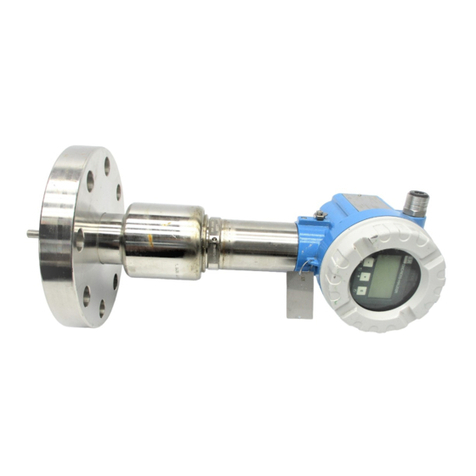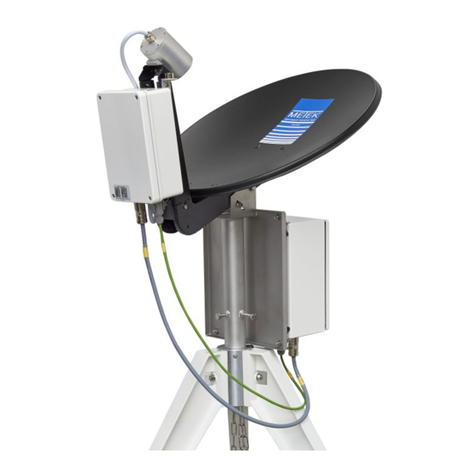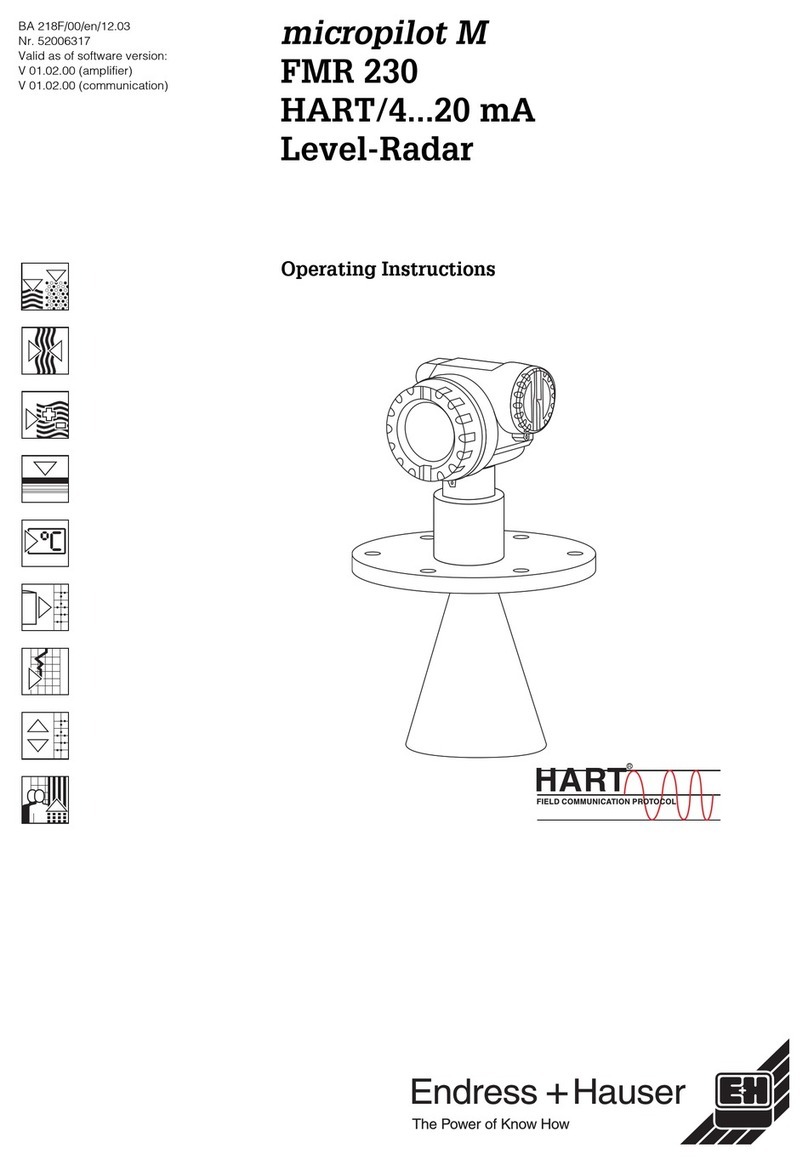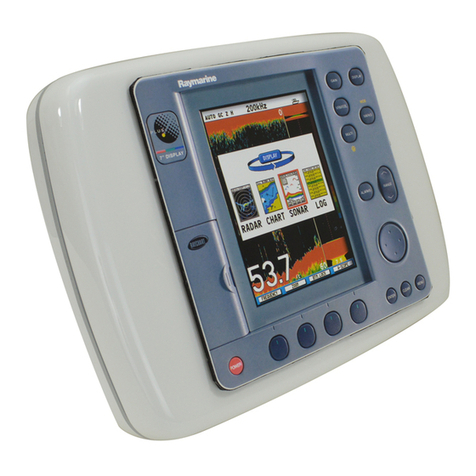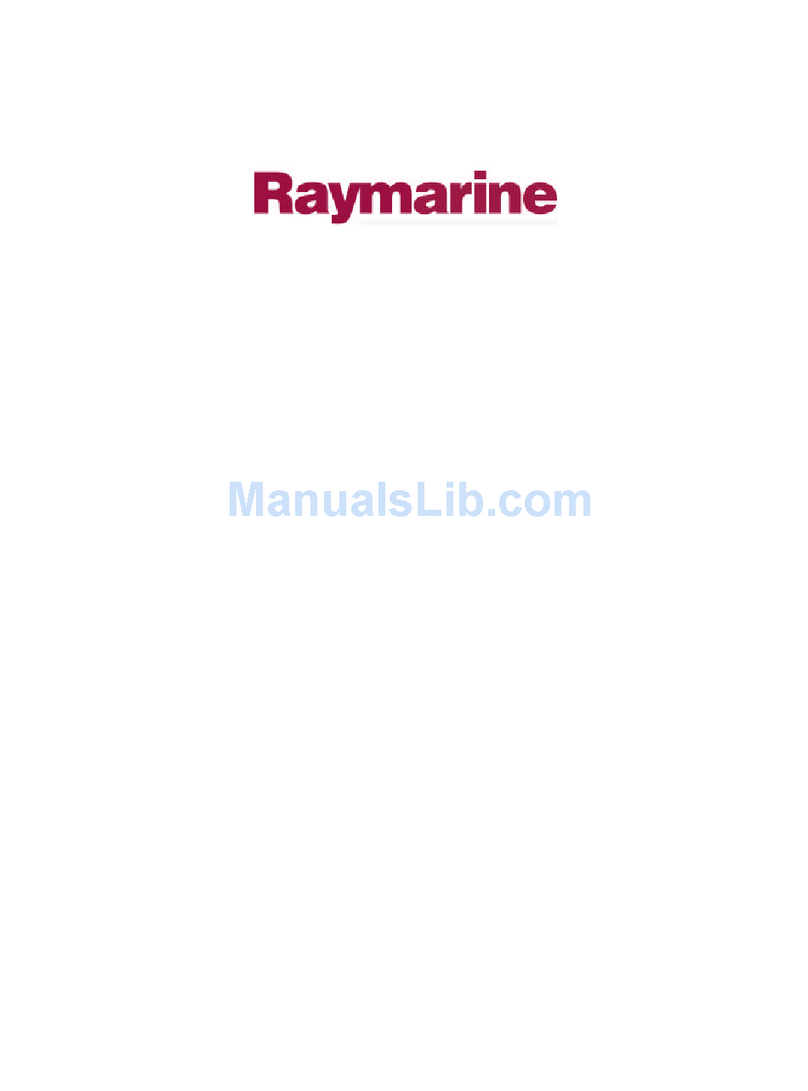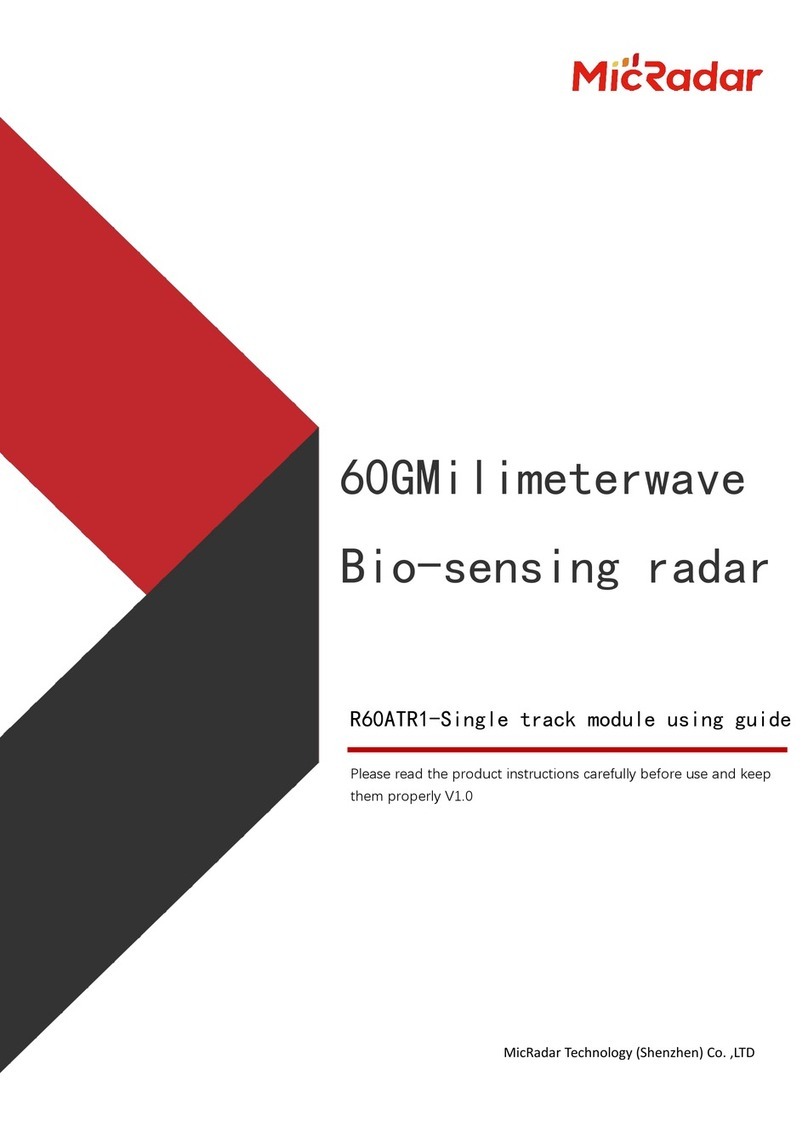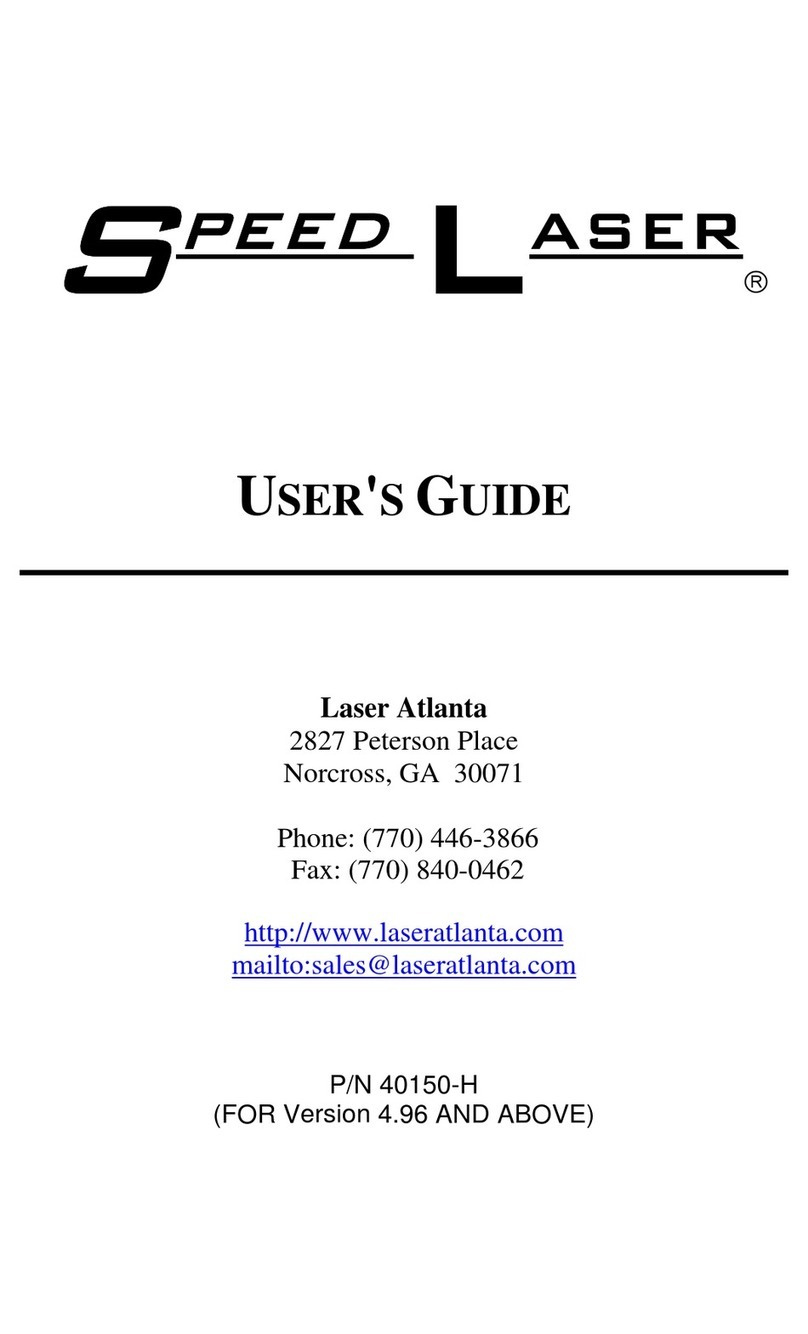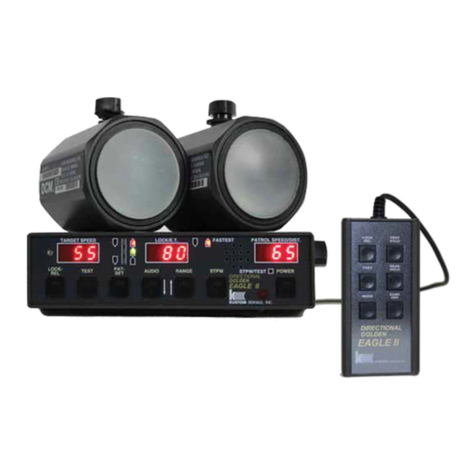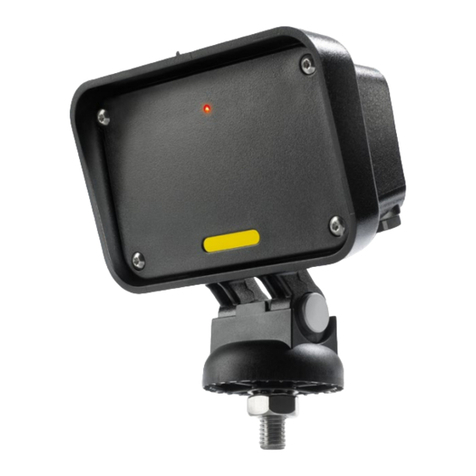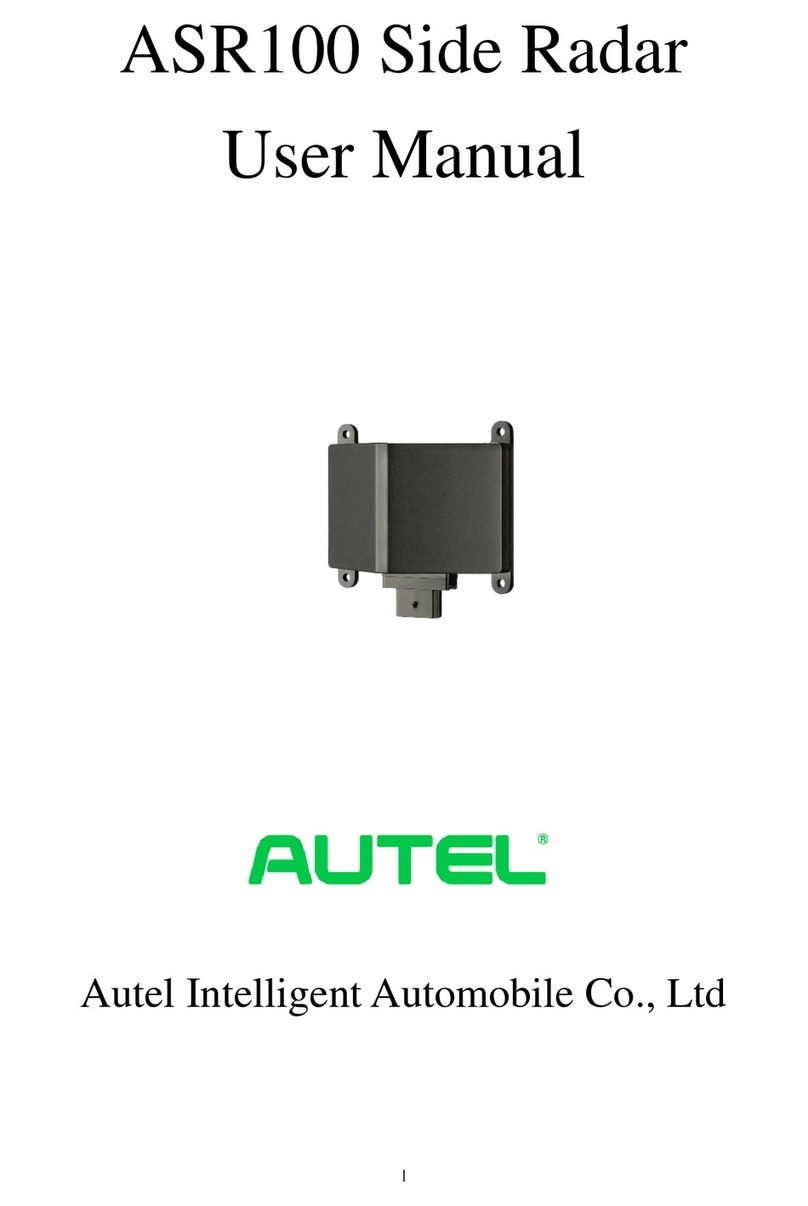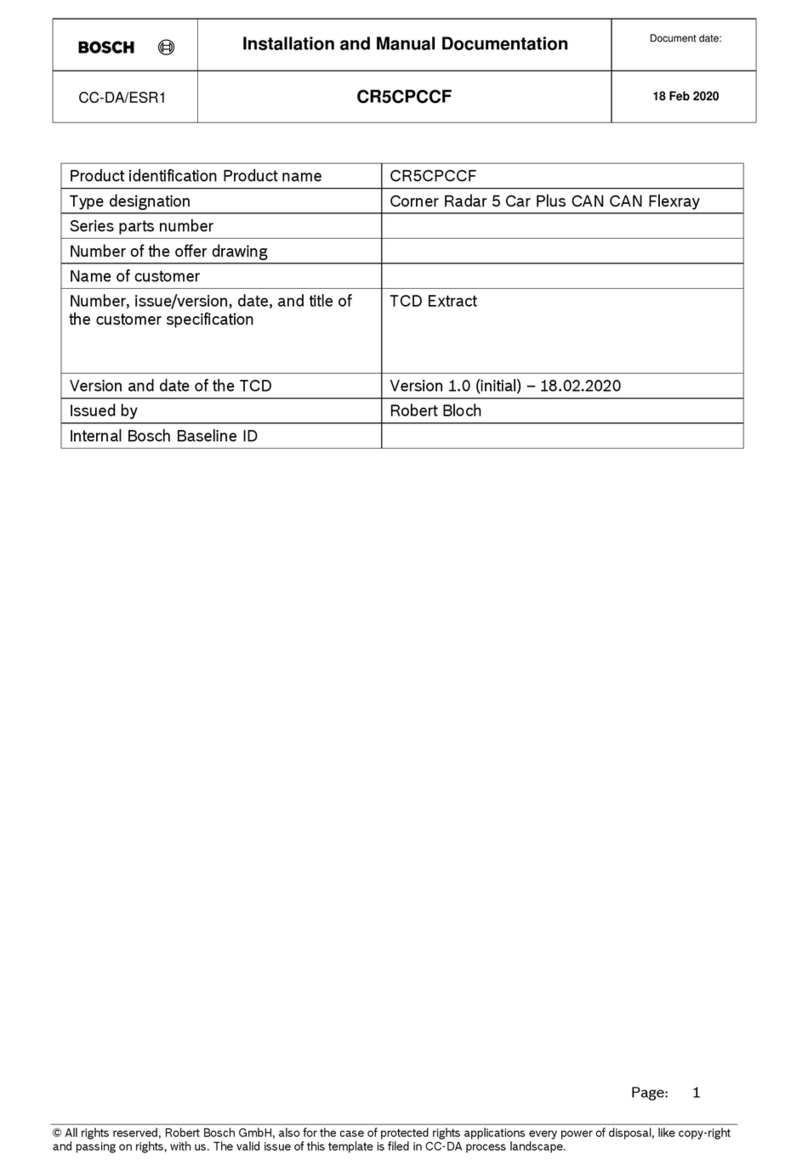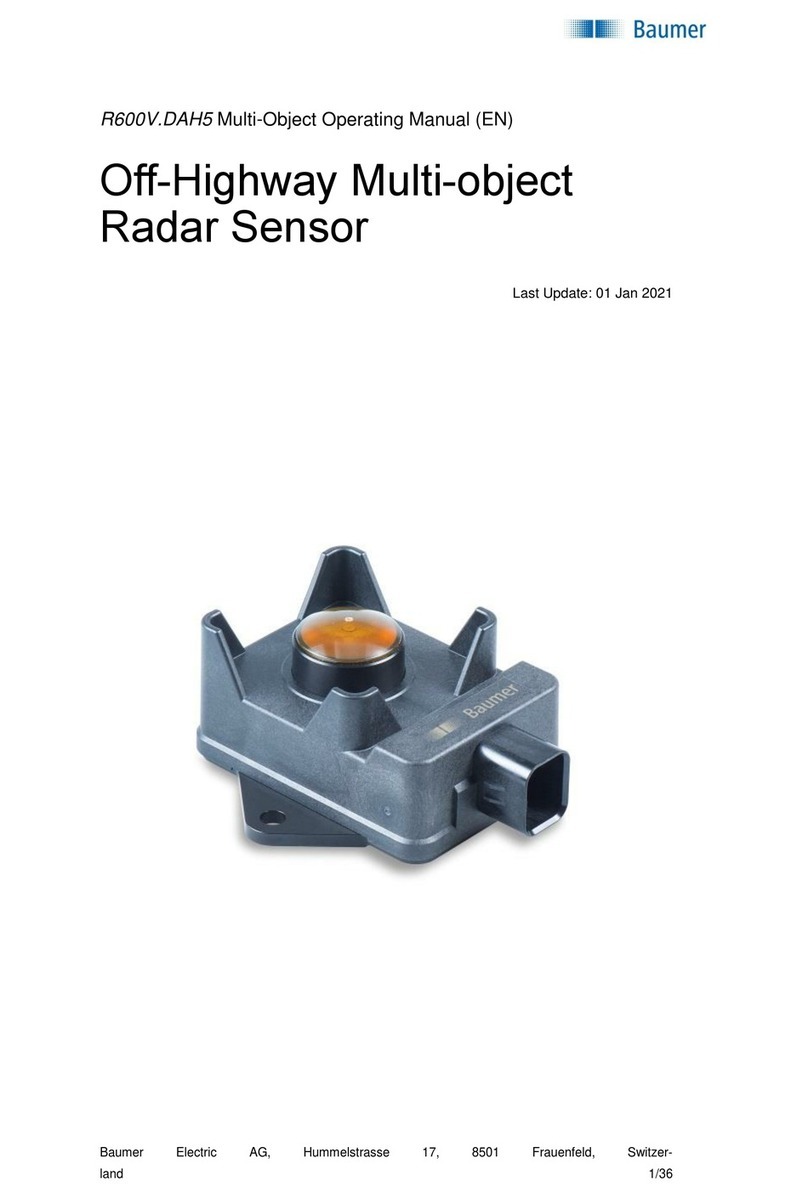Nova Electronics NOVA77GB-C Pro User manual

Nova Electronics (Shanghai) Co., LTD File No:R-JS-AS-13 Version:V1.0
NOVA77GB-C Pro 77GHz Millimeter-Wave Radar
User Manual
Prepared by
Itachi.Wang
2021.6.17
Checked by
Mack.Zhong
2021.6.18
Approved by
Kevin.Li
2021.6.19

Nova Electronics (Shanghai) Co., LTD File No:R-JS-AS-13 Version:V1.0
Version history
Version
Modify the description
Modified by
Data
V1.0
Documentation initial release
Itachi.Wang
2021.6.17

Nova Electronics (Shanghai) Co., LTD File No:R-JS-AS-13 Version:V1.0
Contents
1 overview ..............................................................................................................................................................1
2 Mechanical and interface definitions ....................................................................................................... 1
2.1 Product picture ..............................................................................................................................................1
2.2 Definition of Hardware interfaces ......................................................................................................... 1
3 Installation Instructions ..................................................................................................................................2
3.1 Installation Instructions ..............................................................................................................................2
3.1.1 Installation height .................................................................................................................. 2
3.1.2 Installation angle ....................................................................................................................3
3.1.3 Installation error..................................................................................................................... 4
3.2 Bumper or Obstruction Restrictions.....................................................................................................4
3.2.1 Basic requirements ...............................................................................................................4
3.2.2 Bumper Material Requirements ...................................................................................... 5
3.2.3 Bumper Thickness Requirements ..................................................................................5
3.2.4 Bumper shape requirements ............................................................................................6
4 Certified Product & Warnings..................................................................................................................... 6

Nova Electronics (Shanghai) Co., LTD File No:R-JS-AS-13 Version:V1.0
1
1 overview
When driving a vehicle equipped with NOVA77GB-C Pro Lane Change Assist System to change
lanes, the system can issue corresponding warnings to avoid accidents. The system complements
the view of the mirrors inside and outside the car, and is not intended to completely replace the
mirrors. When the driver wants to change lanes, the system's millimeter-wave radar will sense the
driving environment and warn the driver if it is not recommended to change lanes.
2 Mechanical and interface definitions
2.1 Product picture
Figure 1 Product picture
2.2 Definition of Hardware interfaces
Figure 2 Hardware interfaces

Nova Electronics (Shanghai) Co., LTD File No:R-JS-AS-13 Version:V1.0
2
Table 1 connector pin definition
PIN No.
functional
description
maximum current
Signal types
Description
1
KL31
NC
power
Sensor ground:
connected to KL31
2
CAN1_H
NC
signal
3
CAN1_L
NC
signal
4
KL15/NC
NC
power
Wake up source or
NC
5
CAN2_H
NC
signal
6
CAN2_L
NC
signal
7
LED_POWER_OUT
NC
power
LED Driver
8
KL30
NC
power
Supply voltage for
sensor connected
to KL30(/KL15)
3 Installation Instructions
3.1 Installation Instructions
3.1.1 Installation height
The NOVA corner radar is recommended to be installed inside the rear bumper. The specific location
requirements are as follows (see Figure 3 below):
①Installation height range for best performance: 0.3m—1.0m;
②Installation width range for best performance: within 0.35m from the side of the vehicle body.

Nova Electronics (Shanghai) Co., LTD File No:R-JS-AS-13 Version:V1.0
3
Figure 3 Radar installation height diagram
3.1.2 Installation angle
NOVA corner radar should be installed at both ends of the vehicle side and rear.
Figure 4 below is a schematic diagram of the two-dimensional installation horizontal angle.
Figure 5 below is a schematic diagram of the installation pitch angle.
Figure 4 Schematic diagram of two-dimensional installation angle of radar

Nova Electronics (Shanghai) Co., LTD File No:R-JS-AS-13 Version:V1.0
4
Figure 5 Installation pitch angle diagram
3.1.3 Installation error
The installation error of NOVA corner radar must meet the requirements of the following table to
ensure the accuracy of radar detection angle and make the radar work normally. When calibrating
the radar installation angle, the vehicle must stay on a horizontal plane to avoid tilting the body.
Table 2 Angle installation error
Angle installation error
Horizontal angle error: ±5°
Vertical angle error: ±1°
3.2 Bumper or Obstruction Restrictions
3.2.1 Basic requirements
Ideal situation: The radar beam covers the direction without any metal parts or painted bumpers.
General situation: The corner radar is usually installed in the bumper at the rear of the vehicle, so
special attention should be paid to the material selection, shape design, paint and relative position of
the bumper or cover. At the same time, water droplets, water film and snow accumulation on the
surface of the occluder may cause additional signal attenuation and further lead to limited
performance and functionality.

Nova Electronics (Shanghai) Co., LTD File No:R-JS-AS-13 Version:V1.0
5
3.2.2 Bumper Material Requirements
There should be no obstructions (including bumpers) in front of the radar. If the obstructions or
bumpers are unavoidable, the materials of the obstructions must have a small dielectric constant
and dielectric loss. These materials include Polypropylene, Polyamide, Polycarbonate, ABS
(Acrylnitril-Butadien-Styrol), PC-PBT (Polycarbonate Type), etc. These materials should reduce the
use of metal and carbon fiber, and the surface of the material should not contain metal or metal
material coatings. The following table shows the material parameters of commonly used bumpers or
coverings.
Table 3 Relationship between optimal thickness, loss and dielectric constant of materials
Material
Dielectric
constant
Best
thickness 1
(mm)
Best
thickness 2
(mm)
Best
thickness 3
(mm)
Loss (dB); 77GHz,
optimal thickness 2
Polypropylene
2.35
1.28
2.55
3.83
0.10
Polyamide
2.75
1.18
2.36
3.54
0.30
Polycarbonate
2.8
1.16
2.33
3.49
0.17
ABS
3.12
1.10
2.21
3.31
0.30
3.2.3 Bumper Thickness Requirements
In order to ensure that the radar achieves high conductivity, the thickness of the bumper needs to be
selected carefully. Among the above mentioned materials,the thickness of the bumper should be an
integer multiple of half the wavelength of the 77GHz millimeter-wave radar. Such as ABS material
bumper thick the degree should be n*1.2mm (in the 77GHz range, n=1, 2, ...). Attenuation increases
with bumper thickness increase and increase.

Nova Electronics (Shanghai) Co., LTD File No:R-JS-AS-13 Version:V1.0
6
In order to prevent the radar beam from being distorted, the bumper should be kept as flat as
possible, and the thickness should be uniform,any slight bend can have a big impact on the radar
beam.
3.2.4 Bumper shape requirements
The surface of the bumper or shield must be smooth (roughness should be less than one-tenth of a
wavelength, about 400 microns), uniform in thickness, and its radius of curvature should be as large
as possible (small curvature) to reduce distortion and attenuation of the radar beam . Figure 8 shows
the influence of the shape of the bumper on the radar performance, from left to right are bumper
digging (completely unobstructed), parallel, small curvature, thickness gradient, and sharp edge.
Figure 6 Bumper Shape Requirements
4 Certified Product & Warnings
Please take attention that changes or modification not expressly approved by the party responsible for
compliance could void the user’s authority to operate the equipment.
This device complies with Part 15 of the FCC Rules. Operation is subject to the following two
conditions:
(1) This device may not cause harmful interference, and
(2) This device must accept any interference received, including interference that may cause
undesired operation.
This device complies with Industry Canada licence-exempt RSS standard(s). Operation is subject to
the following two conditions:
(1) this device may not cause interference, and
(2) this device must accept any interference, including interference that may cause undesired
operation of the device.
Le présent appareil est conforme aux CNR d'Industrie Canada applicables aux appareils radioexempts
de licence. L'exploitation est autorisée aux deux conditions suivantes :
(1) l'appareil ne doit pas produire de brouillage, et
(2) l'utilisateur de l'appareil doit accepter tout brouillage radioélectrique subi, même si le brouillage est
susceptible d'en compromettre le fonctionnement.

7
This equipment complies with FCC/IC RSS-102 radiation exposure limits set forth for an
uncontrolled environment. This equipment should be installed and operated with minimum distance
20cm between the radiator & your body.
ce matériel est conforme aux limites de dose d'exposition aux rayonnements, FCC / CNR-102
énoncée dans un autre environnement.cette eqipment devrait être installé et exploité avec distance
minimale de 20 entre le radiateur et votre corps.
§ 95.393 Instructions and warnings
(1)1) Instructions concerning all controls, adjustments and switches that may be operated or adjus
without resulting in a violation of FCC rules;
(2)2) Warnings concerning any adjustment that could result in a violation of FCC rules or that
recommended to be performed only by or under the immediate supervision and responsibility of a
person certified as technically qualified to perform transmitter maintenance and repair duties in the
relevant radio service by an organization or committee representative of users of that service;
(3)3) Warnings concerning the replacement of any transmitter component (crystal, semiconductor, et
that could result in a violation of FCC rules; and
(4)4) For a transmitter that can only be operated with an FCC license, warnings concerning complia
with applicable licensing requirements and information concerning license application procedures.
Table of contents
